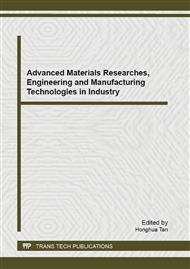p.1030
p.1034
p.1038
p.1044
p.1050
p.1056
p.1062
p.1066
p.1072
Energy-Efficient Routing Protocol on Mobile Sink in Wireless Sensor Network
Abstract:
To the disadvantages, such as high energy consumption and the energy consumption imbalance, we proposed an energy-efficient routing protocol on mobile sink (MSEERP) in this paper. In the MSEERP, the network is divided into several square virtual grids based on GAF, each grid is called a cluster, and the cluster head election method of GAF is improved. In addition, the MSEERP introduces a mobile sink in the network, the sink radios in limited number of hops and uses control moving strategy, namely the sink does not collect the information until it moves to a cluster with highest residual energy. We applied NS2 to evaluate its performance and analyze the simulation results by the energy model. Simulation results show that the MSEERP balances the energy consumption of the network, saves nodes energy and extends the network lifetime.
Info:
Periodical:
Pages:
1050-1055
Citation:
Online since:
September 2013
Authors:
Keywords:
Price:
Сopyright:
© 2013 Trans Tech Publications Ltd. All Rights Reserved
Share:
Citation:


